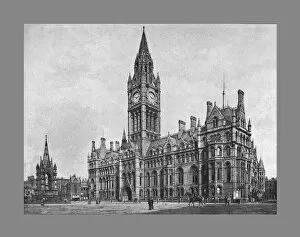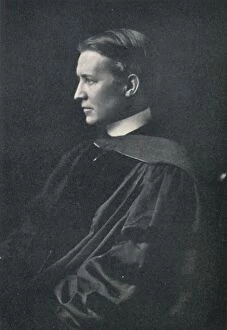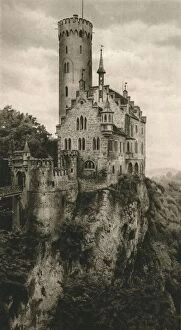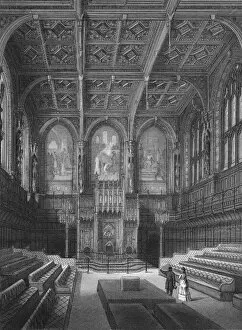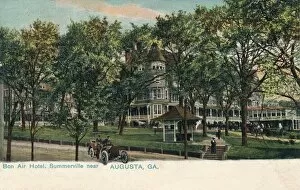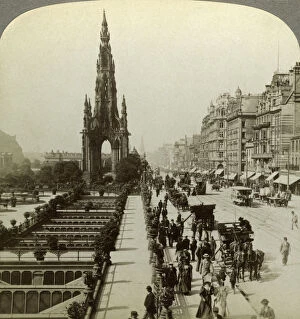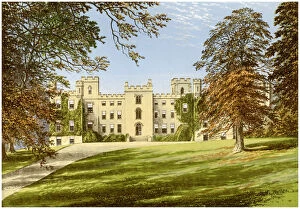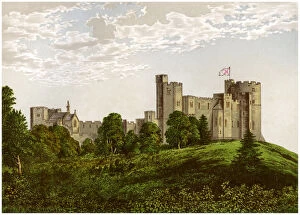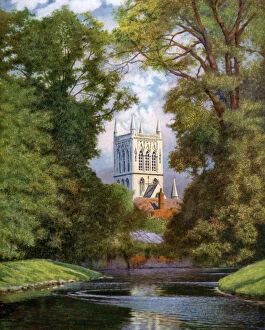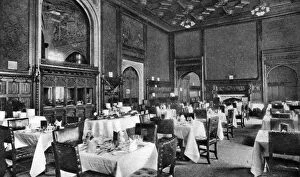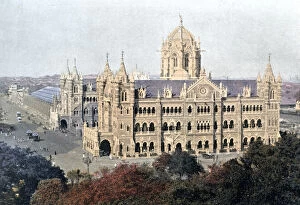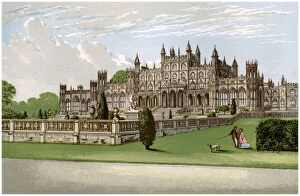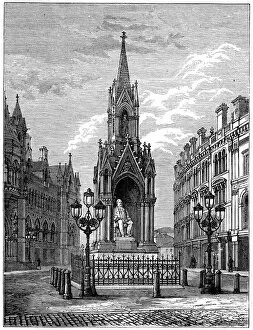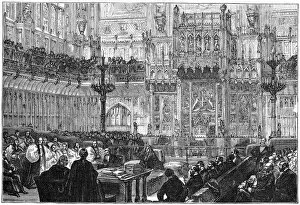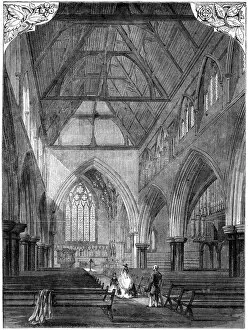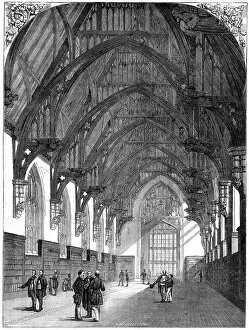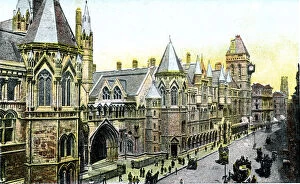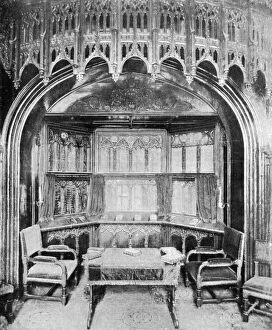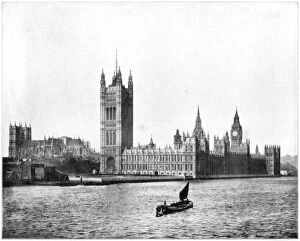Victorian Gothic Collection (#27)
Step into the enchanting world of Victorian Gothic, where grandeur and mystery intertwine
For sale as Licensed Images
Choose your image, Select your licence and Download the media
Step into the enchanting world of Victorian Gothic, where grandeur and mystery intertwine. The Opening of Keble College, Oxford, from The Illustrated London News captures the awe-inspiring architecture that defined this era. St. Peters Church and house on Village Green, Edensor, Chatsworth Estate transport us to a picturesque countryside adorned with intricate carvings and ornate details. Architectural drawing: west front inner gatehouse by AWN Pugin showcases his iconic style that epitomized the Victorian Gothic movement. His influence extends to Design for stained glass in Lyndhurst Church: An Angel Harpist, where ethereal beauty is captured within colorful panes. The Decoration of the Drawing Room at Eastnor Castle transports us to a lavish interior filled with opulent furnishings and elaborate patterns. Meanwhile, St Finbars Cathedral stands tall as a testament to the grand scale on which these structures were built. In Dulwich College's Great Hall, we witness an imposing space adorned with towering arches and intricate woodwork - a true masterpiece of craftsmanship. The British Navy artwork takes us on a journey through time, showcasing naval prowess during this period. Nelson's Tower in Forres invites us to explore its hauntingly beautiful structure rising against the sky - an emblematic symbol architecture. Lady Clare captivates our imagination with her delicate pen strokes bringing forth an air of elegance and grace. St Jacob's stained glass window transports us back in time as we marvel at its vibrant colors illuminating sacred spaces. Knebworth House beckons visitors with its majestic presence nestled amidst Hertfordshire's rolling hills – a true gem from this era. Immerse yourself in the allure of Victorian Gothic; let it transport you to another world where artistry meets darkness.







